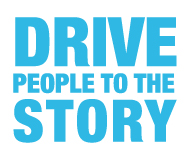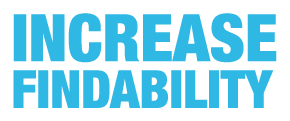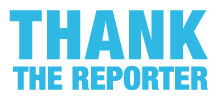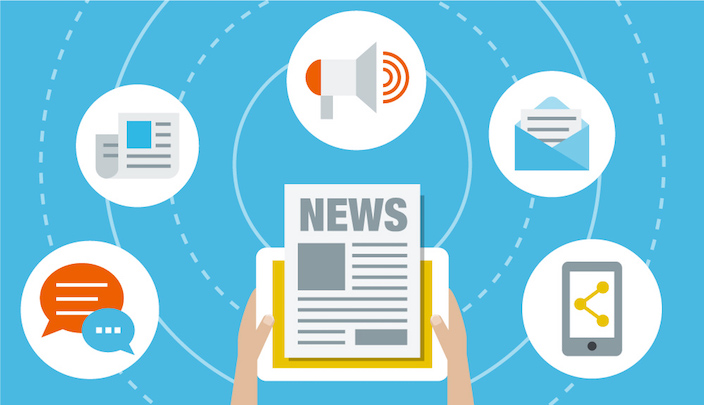Extend Your Media Coverage
05.25.16 · Deanna Harms
Lots of news is being made and reported in Geneva this week. If you’re one of EBACE16’s newsmakers, ensure the coverage you worked so hard to generate reaches as many people as possible, for as long as possible.
Talk It Up
Share the coverage through word of mouth. It’s not bragging if you’re at a cocktail party and ask if someone caught the great feature that just ran about your business/product/company. No? Then you can provide a few key points. Yes? Then ask their thoughts about it. Add some insights of your own. This could be a chance to talk about next steps or other things on the horizon.
Leverage your social-media channels. Tag individuals in the article to give credit where it’s due and to encourage them to share through their social networks. If you see others have shared it – thank them – and share it again. If it’s a blogger or someone in the industry you ought to know, but don’t, use the opportunity to start a conversation and to connect. Follow their stuff. Send a LinkedIn connection request. If the reporter or news outlet shares the article on their social-media accounts, like, share, retweet and comment. This extends the discussion – and shows you pay attention.
Work It
Think about the content you routinely create. Include a write up about it in your next company newsletter. Send a link to it in a follow-up email to an industry contact or prospect you met at EBACE. Place a blurb on your homepage. Pull out quotes or key graphs and weave them into your marketing materials. Add an update to your company’s LinkedIn page profile, either as text only or with a visual of the publication/article. Tell the world. 
Drive people to the story. If it’s particularly compelling, boost your readership by putting some marketing dollars behind it. This may be an example of journalism at its best, but paid promotion doesn’t degrade the integrity of the piece. It shows you value the reporting, find it accurate, and think it merits a larger audience. Most media outlets today track their coverage with analytics. All those clicks and shares generate metrics that help reporters quantify their readership to editors. They also help publications demonstrate relevance and impact to publishers, shareholders and advertisers.
Display the coverage in your office(s) – either by framing and mounting it on the wall or adding it to your lobby monitor as video or motion graphics.
Increase Its Findability
Add appropriate hashtags and social links so your posts show up in the right places and searches. Include a link to the article on your company’s website, preferably with a summary of the article and excerpt on your media center.  Tag with good keywords and phrases for search-engine optimization (SEO) and you could extend the article’s life tenfold. Link to the publication and, if editors haven’t already, ask if they’d link back to you. If yes, this boosts your authority and ranking with the search engines. If no, at least you tried.
Tag with good keywords and phrases for search-engine optimization (SEO) and you could extend the article’s life tenfold. Link to the publication and, if editors haven’t already, ask if they’d link back to you. If yes, this boosts your authority and ranking with the search engines. If no, at least you tried.
Thank the Reporter
Reporters are human and like feedback. There’s a growing trend to send written thank-you notes. I would never advise against that, but nothing beats email for fast response and the ability to copy others.
 I always try to send follow-up emails – and to copy the appropriate editors. You don’t need to say, “I liked your recent article.” But you can thank them for being thorough in their research, interviewing a variety of sources and getting things right. You can share what you’ve heard from colleagues and others in the industry. Thank them for the passion they brought to the project – and offer to be a source in the future.
I always try to send follow-up emails – and to copy the appropriate editors. You don’t need to say, “I liked your recent article.” But you can thank them for being thorough in their research, interviewing a variety of sources and getting things right. You can share what you’ve heard from colleagues and others in the industry. Thank them for the passion they brought to the project – and offer to be a source in the future.
News coverage can’t be (and shouldn’t be) bought. But it can be earned by nurturing relationships and building trust. So when you achieve positive press coverage, make the most of it. Its value exceeds any price. Ray Bradbury famously said, “Journalism keeps you planted in the earth.” That’s a powerful foundation for aviation companies working globally, launching ever more innovative products, navigating shifting political winds, and preparing for a more-connected tomorrow.
